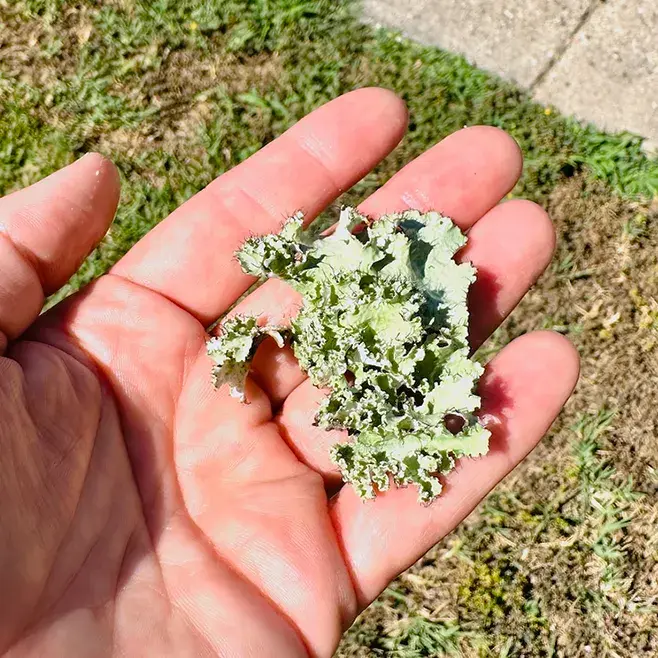Church Steeple Cleaning with Drones
- Gretchen Vollmer
- Sep 26, 2024
- 3 min read
Updated: Jan 31
Maintaining the beauty and structural integrity of church steeples has always been a daunting task, given their height, intricate design, and delicate materials. Traditionally, cleaning and inspecting these towering structures required scaffolding, lifts, or even cranes, making the process costly, time-consuming, and risky.

Table of Contents
Drones are transforming how churches across the country maintain their steeples. Drone technology offers a safer, faster, and more cost-effective solution, ensuring that churches can preserve their historic character without the challenges of traditional methods.
Safety and Risk Reduction
Drones provide a safer option compared to traditional cleaning methods by removing the need for workers to climb hazardous heights and steeply pitched roofs, significantly reducing the risks associated with manual cleaning. By removing the reliance on expensive boom lifts, drones minimize the chance of accidents and create a more streamlined process.
Equipped with advanced cameras and cleaning tools, drones enable operators to remain safely on the ground while ensuring every part of a steeple, is thoroughly cleaned.
This technology provides precise access to hard-to-reach areas, enhancing both safety and effectiveness in the cleaning process.
Cost-Effectiveness and Efficiency
Traditional cleaning methods often take days or even weeks, but drones can complete the same tasks in a fraction of the time. This increased efficiency not only speeds up the process but also reduces the overall disruption to daily activities, making drones a far more convenient option for maintaining structures like churches.
By using drones, churches can save on labor, equipment rentals, and insurance costs since fewer resources are required. The cost-effectiveness of drones also allows for more frequent cleanings, helping to preserve the church’s exterior without the financial strain of infrequent, yet costly, manual cleaning methods.
Preserving Historical Integrity

Many church steeples, being centuries old, grow many different types of lichen. Drones offer a gentle alternative, using low-pressure water jets or non-invasive cleaning solutions that are less likely to cause damage. This makes them ideal for preserving delicate structures while ensuring a thorough clean. Also, the cleaning agents used stay activated even after the cleaning is complete. Remnants of lichen remaining on steeples will continue to fall off.
Drones can also safely access intricate carvings and delicate features without the risk of harm to these historic elements. Regular cleanings with drones help prevent long-term damage from pollutants, moss, and bird droppings, maintaining both the aesthetic and structural integrity of the steeple.
How Drone Technology Works
Modern drones used for steeple cleaning are equipped with powerful cleaning tools, such as low-pressure water systems, and non-toxic cleaning agents. These drones are maneuverable and can easily reach tight angles and detailed areas that would be difficult for human workers to access.
Operators control the drones from the ground, using live video feeds and GPS-guided technology to ensure precise cleaning and navigation around complex architectural features.
Traditional Steeple Cleaning
Historically, cleaning church steeples required substantial planning and resources. Churches had to hire specialized workers, secure expensive equipment, and often close off areas of the church grounds for days at a time. Not only was this process disruptive, but it also introduced risks for both the workers and the building itself.
Drone cleaning mitigates these challenges by providing a non-invasive, efficient, and safer method of upkeep.
The Future of Church Steeple Maintenance
As drone technology continues to evolve, the potential applications for church maintenance are expanding. In addition to cleaning, drones can also be used for regular inspections, allowing churches to identify structural issues before they become costly problems.
With the ability to capture high-definition images and video, drones can offer a comprehensive view of the steeple’s condition without the need for a detailed manual inspection.
Conclusion
Church steeples are symbols of history, faith, and architectural beauty, and preserving them is essential for communities around the world. Drone technology is revolutionizing the way these structures are maintained, offering a safer, more efficient, and cost-effective solution to the challenges of steeple cleaning.
In 2024, churches no longer have to choose between preserving their historic architecture and managing the risks and costs of traditional methods—drones provide the modern answer to an age-old challenge.



Comments